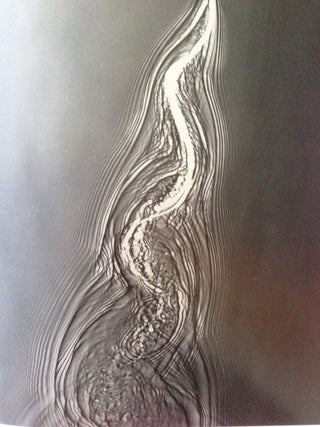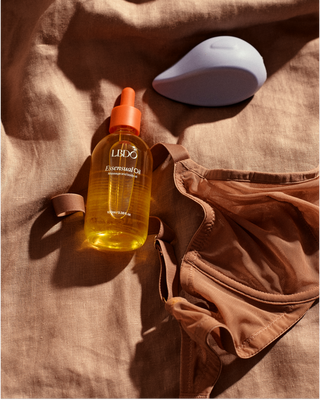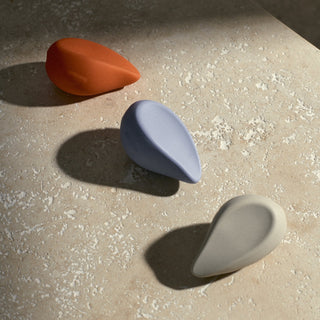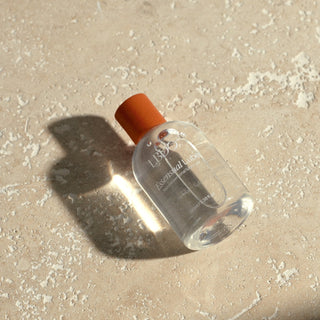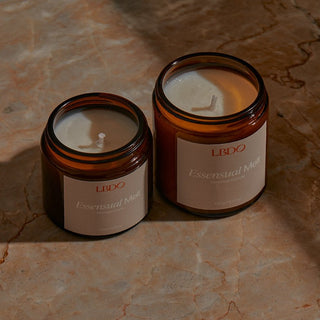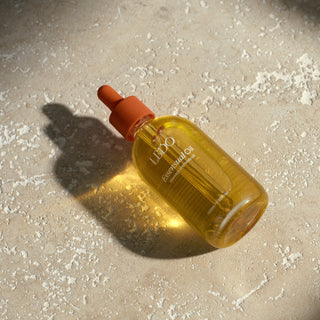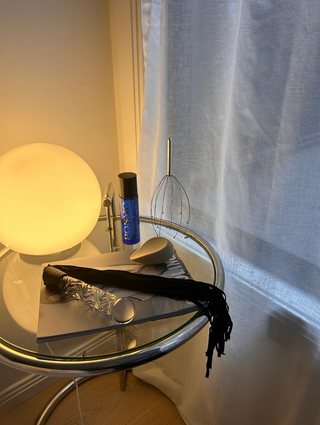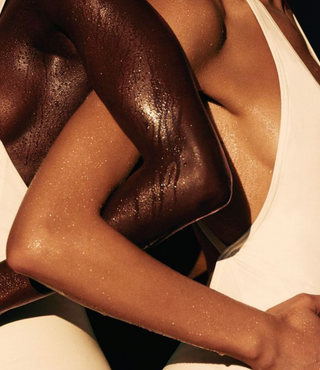Ah, the thrilling race of conception! That exhilarating competition between male gametes. At the shot of the starting pistol, hundreds of millions of sperm spring from the starting block, jostling through the uterus and screaming down the fallopian tube in a high-speed race to the egg waiting at the finish line. Only the strongest, fastest sperm will beat the rest and claim the ultimate prize.
…Or not. Turns out, there’s a flaw in the old, male-centric narrative of fertilisation, which positions the egg as a sitting duck waiting to be poached by the most skilful hunter. New research shows that, much like their human masters, eggs are actually selective about which sperm they let in. That’s right-—the egg ‘chooses’ the sperm. Here’s how this was discovered, and what it really means.
Cryptic Female Choice
Cryptic female choice is a decades old theory about female mate-selection. Since the 70s, scientists have been jotting down a long list of ways in which female animals can influence which sperm fertilise their eggs after copulating with more than one male.
Certain birds (including our beloved domestic chooks) can actually expel sperm after mating, while some reptiles keep sperm inside them for months on end, biologically changing up the storage environment to favour the sperm of the best candidate. (Sorry Mr Sand Lizard, you did not receive a rose. Please leave the uterus.)
These mechanisms allow females to choose between the sperm of different males, sure. But within an ejaculate, which specific sperm fertilised the egg still seemed to be up to chance. Until, that is, a scientist named Dr Nadeau from the Pacific Northwest Research Institute, found evidence that the egg may choose the sperm.
The Problem With Punnett Squares
Nadeau first began to suspect this back in 2005, when he was conducting cancer research and realised that something was up with his punnett squares.
Remember those excruciating quadrilaterals from high-school biology? The punnett square is that table you use to figure out the likelihood of your two brown-eyed parents giving birth to you, a blue-eyed beauty (hint: they’re not betting odds). But these probabilities work out only if fertilisation is up to chance. If the egg or the sperm could somehow influence the other gamete involved in fertilisation, then those ratios would be very different.
Nadeau didn’t set out to disprove the fundamental laws of genetics. But when he was studying heritable forms of cancer in mice, he realised that the mutant, cancerous genes weren’t getting passed down in mice as often as expected. The probabilities were all off. It was as though the sperm carrying the cancerous genes were somehow being kept at bay.
Nadeau eliminated every possible cause of these skewiff ratios of offspring genotypes, leaving one hypothesis standing. That was, during fertilisation, the egg was genetically biased against the mutant genotype. (Congratulations, hypothesis, you have received the final rose.)
The precise mechanism by which the egg ‘decides’ which sperm should fertilise it is unknown. Probably, Nadeau thinks, there are secreted and cell-surface factors in female reproductive organs that can control the access of sperm to eggs based on their genetic content.
Further research conducted by scientists from the UK and Sweden in 2020 supports the hypothesis that human eggs release chemicals called chemoattractants in order to attract specific sperm, based on the genetic advantages they have to offer.
What It All Means
These revelations have potentially life-changing medical implications. Illuminating the nature of the chemical communications between egg and sperm could lead to new treatments for infertility issues, which affect around one in six Australian couples of reproductive age.
Plus, they are a welcome breath of fresh air into the stale, male-centric view of reproductive biology that positions female cells as passive players. At the end of the day, it looks like it all comes down to female choice.

